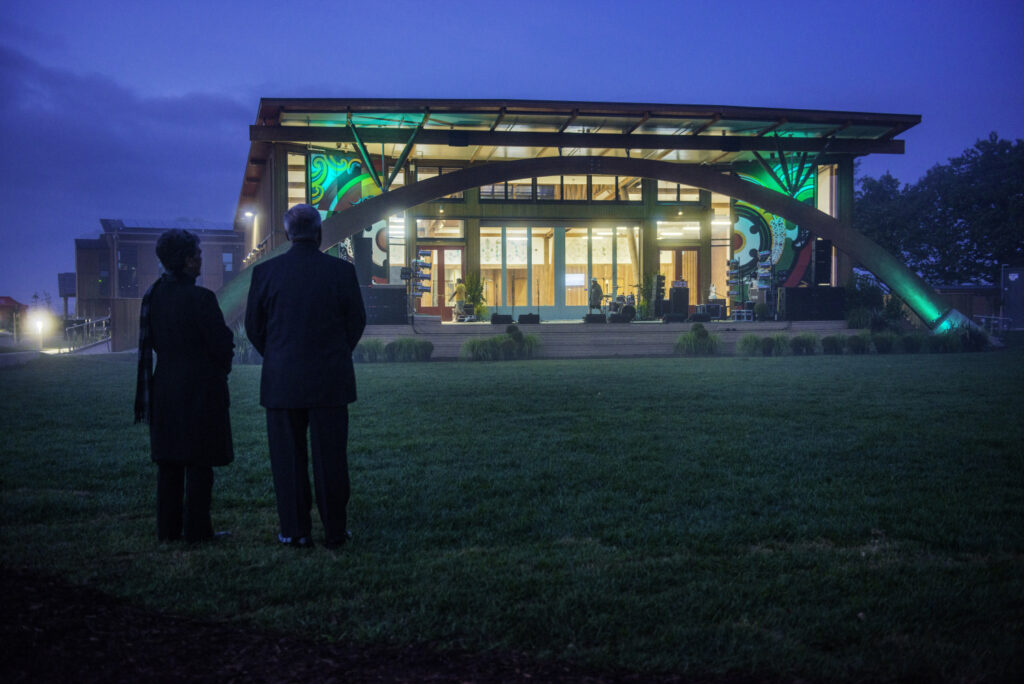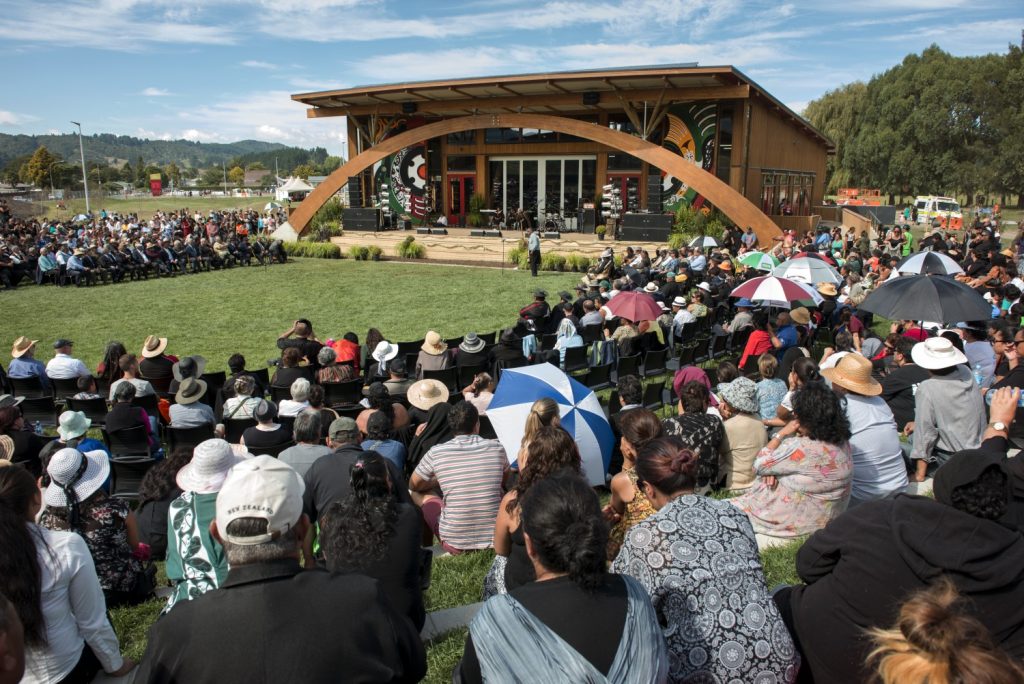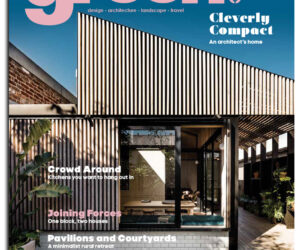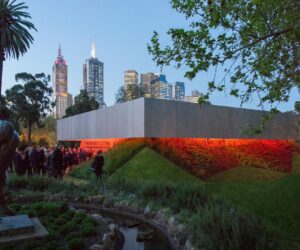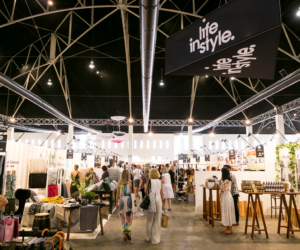New Zealand’s first ‘no negative impact’ building
The first building in Aotearoa New Zealand to leave no footprint, and be globally recognised as actually replenishing its environment and community, was honoured on Friday in Seattle.
Ngāi Tῡhoe’s tribal headquarters in Taneatua (Te Kura Whare) set out to be the first certified building in the Living Building Challenge in NZ. At the Challenge’s annual conference in USA (May 17-19), CEO of Tuhoe Te Uru Taumatua (and keynote speaker) Kirsti Luke received the final global stamp of approval: certification that the building had achieved the highest global ‘no impact’ standard.
Te Kura Whare, designed by Jasmax’s late, honoured kaumatua and architect Ivan Mercep (82 when he designed it), became one of only 14 fully certified Living Buildings in the world.
The Living Building Challenge is the most stringent of sustainability and environmental standards internationally. It requires a building to not only have no impact on its environment, but to improve its land, place and community.
It requires the building’s performance to be confirmed after at least a year of operation through recorded data (rather than theoretical performance predicted on paper).
“Te Kura Whare is an exemplar of the Tῡhoe connection with Te Urewera – nature. The disciplines and standards that emanate from nature to shape our people are brought to life in our Living Building,” says Kirsti.
“Ngāi Tῡhoe have created a building that is regenerative,” says Jasmax Managing Principal and Architect, Marko den Breems. “It is beautiful; purposeful, and since it opened it has proven its green and social credentials over and over. It has deployed New Zealand firsts in its building technology. Te Kura Whare has proven that Aotearoa can and should lead the way worldwide in structures that improve the environment and enhance wellbeing.”
The 2000-square-metre Ngāi Tῡhoe headquarters includes a great hall which can seat 300, a two storey office-administration block, a café and library. The great hall opens to the North, the mahau (porch) is framed by laminated timber arch that represents Tuhoetana o te ra (that part of the day where the sun is at its highest).
“Our challenge as designers was how we might incorporate Tūhoe’s aspiration for manamotuhake into the fabric of the building. The Living Building Challenge principles seemed to align with this vision,” says Marko.
Living Building 2
- The building’s sustainable features perform to a level that restores the local environment, they include:
Generating all of its own power and collecting and treating its own water for public use. (net zero energy and water) - For the first time in New Zealand, a multipole earthquake shear-resistant system has been used. In addition, the building’s deliberate elevation (on a natural floodplain) helps overcome flooding issues. In recent local floods, it was untouched.
- Thermal mass from 5000 earth bricks is used to absorb and hold heat. In the meeting hall, the heat from people warms the room. The building has a ‘warm roof’ system with insulation sitting above the rafters. “This warm roof reduces heat loss within the building,” says Marko. “And as it’s air tight too, so the internal environment is dry and a consistent temperature for occupants.” The building contains around 15 heat pumps, however they are little used.
- The 5000 mudbricks were made by Ngāi Tῡhoe. This was part of an initiative to train and engage local Tūhoe communities, and use material from local forests and ground. “Ngāi Tῡhoe cleared the land, found the trees to mill, milled the wood and made the building using our own bare hands,” says Kirsti. “We learnt engineering and carpentry along the way. We were also inspired.”
- A ventilation ‘stack’ in the offices and great hall allows low level fresh air to circulate up through the building and out high level clerestorey windows. During the summer months the stack helps purge the building at night and provides a clean and fresh air in the morning.
- The building’s entire electrical demand is provided for by 357 solar panels. Emergency batteries capable of storing a week’s worth of electricity can be called on when required. An industrial scale solar hot water system from the Netherlands heats all water including for the offices and café.
- All water is drawn from the roof and is treated via a UV filtering system. There is no mains connection so all water is stored in several underground tanks. A dedicated fire tank provides enough water to supply sprinklers in the event of fire.
- A botanical waste water system collects solid waste in two septic tanks. The building’s discharged waste water is pumped through a planted wetland, taking ten days to diffuse through gravel beds.
- The building only uses materials that are free of the common toxic chemicals in buildings today. Over 500 materials were vetted to achieve the certification (which prohibits the use of formaldehydes and other synthetic chemicals). The materials which are excluded from Living Buildings are known to be harmful to human occupants or those who make those chemicals.
living-future.org
ngaituhoe.iwi.nz/te-kura-whare
